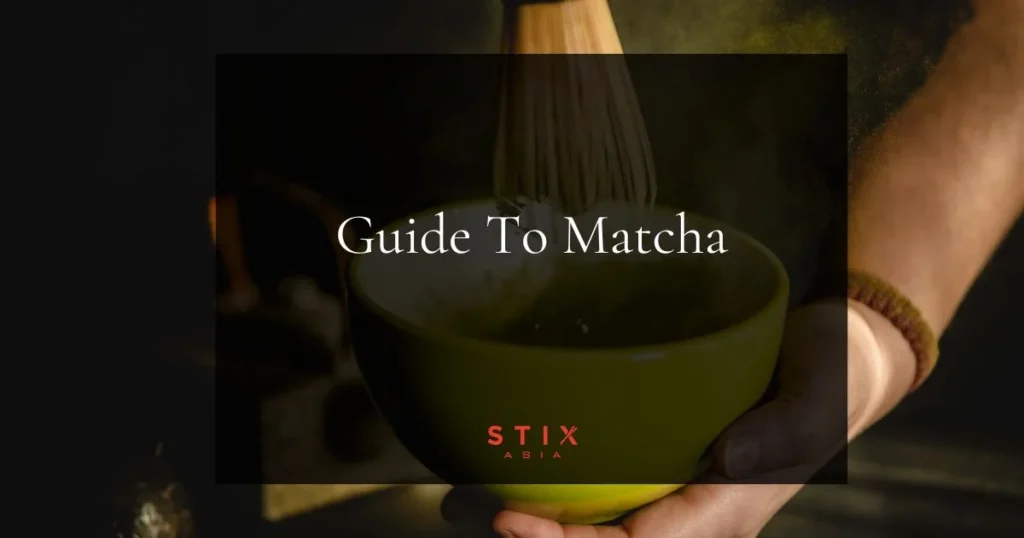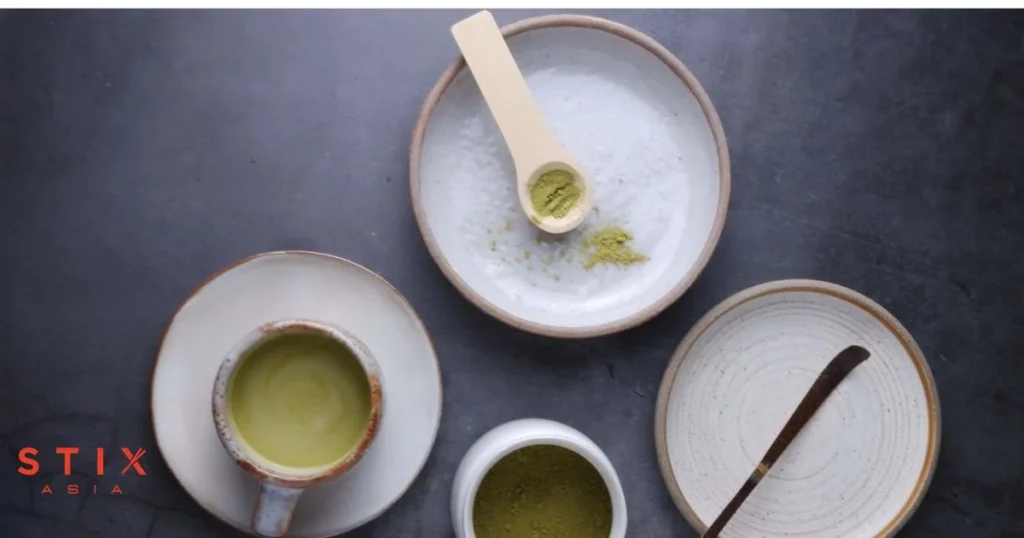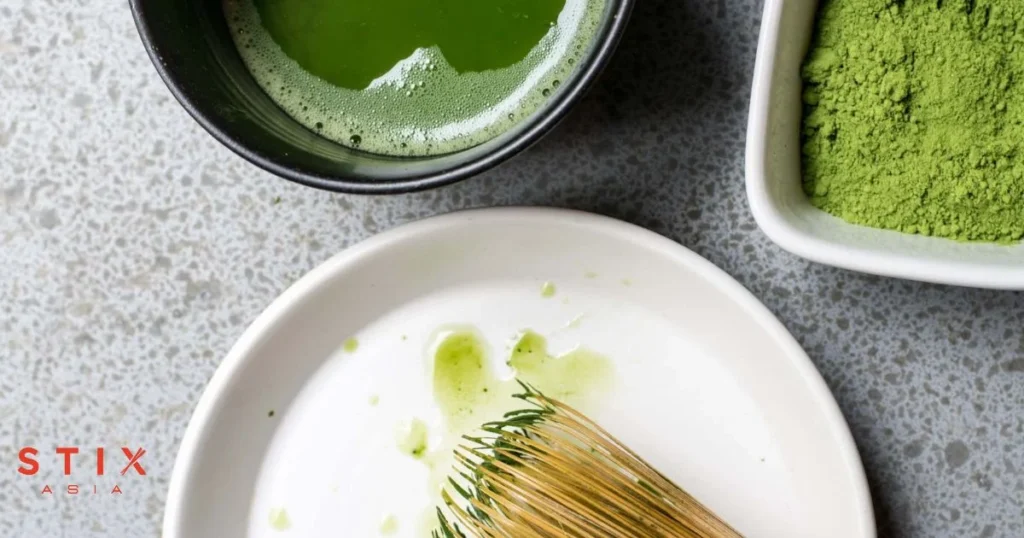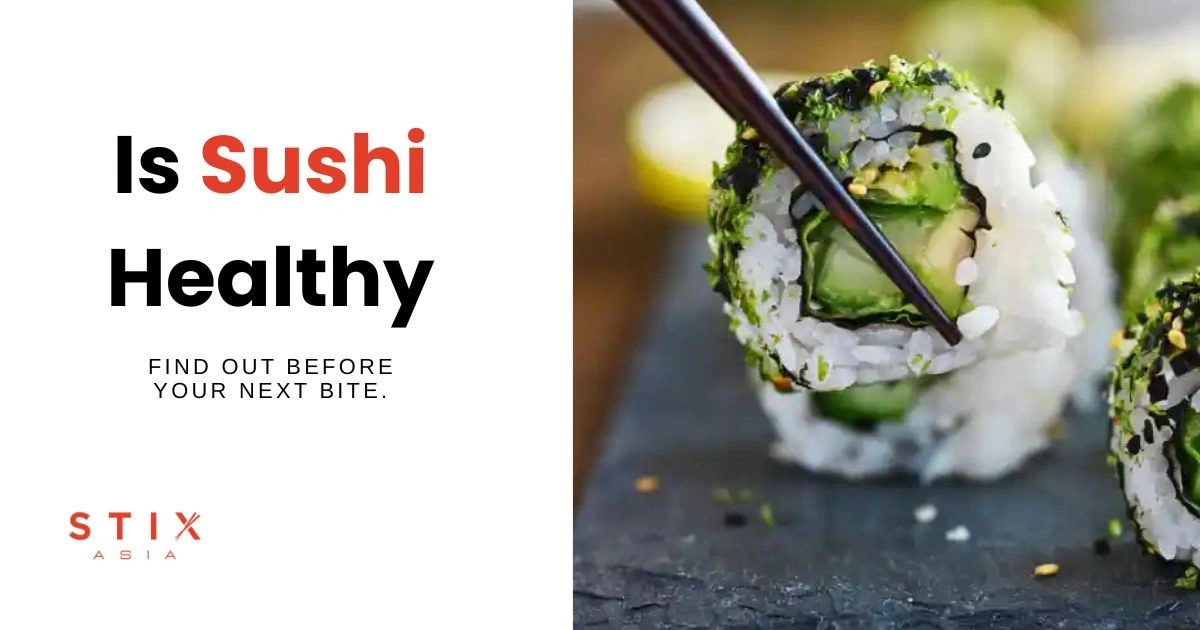Matcha, the finely ground green tea powder, is a popular drink among tea lovers worldwide and has become a symbol of Japanese tea culture. However, like any other tea, different grades, techniques, and making processes can impact the flavor and quality of Matcha. In this blog post, we will introduce you to the fascinating world of Matcha tea and how to choose the best Matcha that suits your taste buds. Join us on this journey as we uncover the secrets of Matcha tea making.
Matcha isn’t just a drink, it’s a lifestyle rooted in Japanese tradition. Unlike regular green tea, where the leaves are steeped and discarded, matcha involves consuming the entire leaf. This gives it a richer flavor, vibrant green color, and higher concentration of antioxidants, caffeine, and nutrients.

Matcha Preparation Techniques:
Making the perfect bowl of matcha is both an art and a ritual. The right tools ensure you get that silky texture and rich froth every time.
When it comes to preparing matcha tea, there are various unique techniques involved, each requiring its specific set of instruments. To achieve the perfect bowl of matcha, three essential utensils are needed: the whisk, the bowl, and the spoon. Whisks, also known as chasens, are meticulously crafted from a single piece of bamboo and come in different sizes to create varying thicknesses of tea froth, known as matcha mousse.
Additionally, the bowls, or chawan, are available in a range of sizes and designs, typically made from ceramic, porcelain, or earthenware. Lastly, the teaspoon, or chashaku, plays a crucial role in ensuring the accurate measurement of matcha powder.
These traditional tools don’t just enhance flavor, they connect you to centuries of Japanese tea culture and the mindful rhythm of matcha preparation.
Discover more about the rich history of matcha tea, traditions, and symbolism that have made matcha a central part of Japanese culture.

How Matcha is Made: From Leaf to Powder
Matcha tea originates solely from the Camellia sinensis tea leaves; however, its production undergoes a unique cultivation and processing method. The tea plants are carefully shaded for at least 20 days before harvest to increase the chlorophyll content, resulting in leaves that boast a vibrant green hue.
Following this, the leaves are handpicked with great care, steamed, and dried using hot air. Once dried, the leaves are slowly and meticulously ground to create the fine matcha powder. Finally, the matcha powder is sifted through a fine sieve, ensuring a smooth and velvety texture.
This shading, grinding, and sifting process gives matcha its signature creamy mouthfeel and rich umami taste. The slower the grinding, the finer and more aromatic the powder becomes a mark of premium matcha quality.
 Credit: Payoon Gerinto
Credit: Payoon Gerinto
DIFFERENT GRADES OF MATCHA
Matcha tea is graded based on its quality, flavor, and color, offering various options to suit different preferences. There are primarily three grades of matcha: ceremonial grade, premium grade, and culinary grade. The ceremonial grade stands as the highest quality, exhibiting a bright emerald green color, delicate sweetness, and a smooth texture.
On the other hand, the premium grade presents a slightly bitter taste, a greenish color, and a mildly coarse texture, often serving as a suitable substitute for the ceremonial grade in tea ceremonies. Lastly, the culinary grade, considered the lowest quality, is primarily used for cooking and baking due to its yellowish color and robust flavor.
Each matcha grade offers its own experience, ceremonial matcha for sipping, premium matcha for everyday lattes, and culinary matcha for recipes. Choosing the right type depends on how you plan to enjoy it
 Credit: Victor Guevarra
Credit: Victor GuevarraMatcha vs Green Tea: Key Differences
Matcha and green tea are made from the same plant, but their preparation and taste differ. Here’s a quick comparison:
Matcha and Green Tea Differences?
- Preparation: Green tea is made by steeping the leaves in hot water, then removing them. In contrast, matcha is made by whisking powdered leaves into hot water, allowing you to consume the entire leaf.
- Flavor: Matcha has a creamy and rich flavor, with a slight bitterness, while green tea is much lighter and delicate.
- Caffeine Content: Matcha has more caffeine because you consume the entire leaf, giving you a stronger energy boost than green tea.
Matcha vs Green Tea Health Benefits
- Antioxidants: Both matcha and green tea are rich in antioxidants. However, matcha contains higher levels of catechins because you consume the whole leaf.
- Caffeine: Matcha offers a more sustained energy release, while green tea gives a lighter caffeine boost.
In conclusion, matcha is a more potent form of green tea, offering more health benefits, including a higher concentration of antioxidants and caffeine.
 Credit: Alice Pasqual
Credit: Alice Pasqual
Frequently Asked Questions About Matcha
What is Ceremonial Grade Matcha?
Ceremonial grade matcha is the highest quality matcha, perfect for traditional Japanese tea ceremonies. It has a smooth texture and delicate sweetness, ideal for drinking on its own.
What is the Difference Between Matcha and Green Tea?
The difference lies in preparation: matcha is made by whisking powdered leaves into water, while green tea is made by steeping leaves and removing them. This makes matcha more concentrated in both flavor and nutrients.
How Do You Prepare Matcha Tea?
To prepare matcha, whisk 1-2 teaspoons of matcha powder with hot (not boiling) water. Use a bamboo whisk to create a frothy, smooth texture.
Can You Use Culinary Grade Matcha for Tea?
Yes, but culinary grade matcha tends to be more bitter than ceremonial or premium grades. It’s best suited for recipes and matcha-flavored desserts.
CONCLUSION
In conclusion, matcha tea stands as a unique, flavorful, and healthy beverage that has gained increasing popularity worldwide. Its distinct preparation techniques, various grades, and meticulous processing contribute to the creation of matcha with distinctive flavors and textures. Many individuals enjoy matcha not only for its numerous health benefits but also for its calming effect. So why not incorporate matcha into your life and indulge in the enriching experience of Japanese tea culture! If you want to taste matacha’s green tea, you can visit nana’s green tea at StixAsia Food Hall in Waikiki, Honolulu.
So why not bring the spirit of Japan into your routine? Explore, sip, and enjoy the calm energy of authentic matcha, one bowl at a time.




